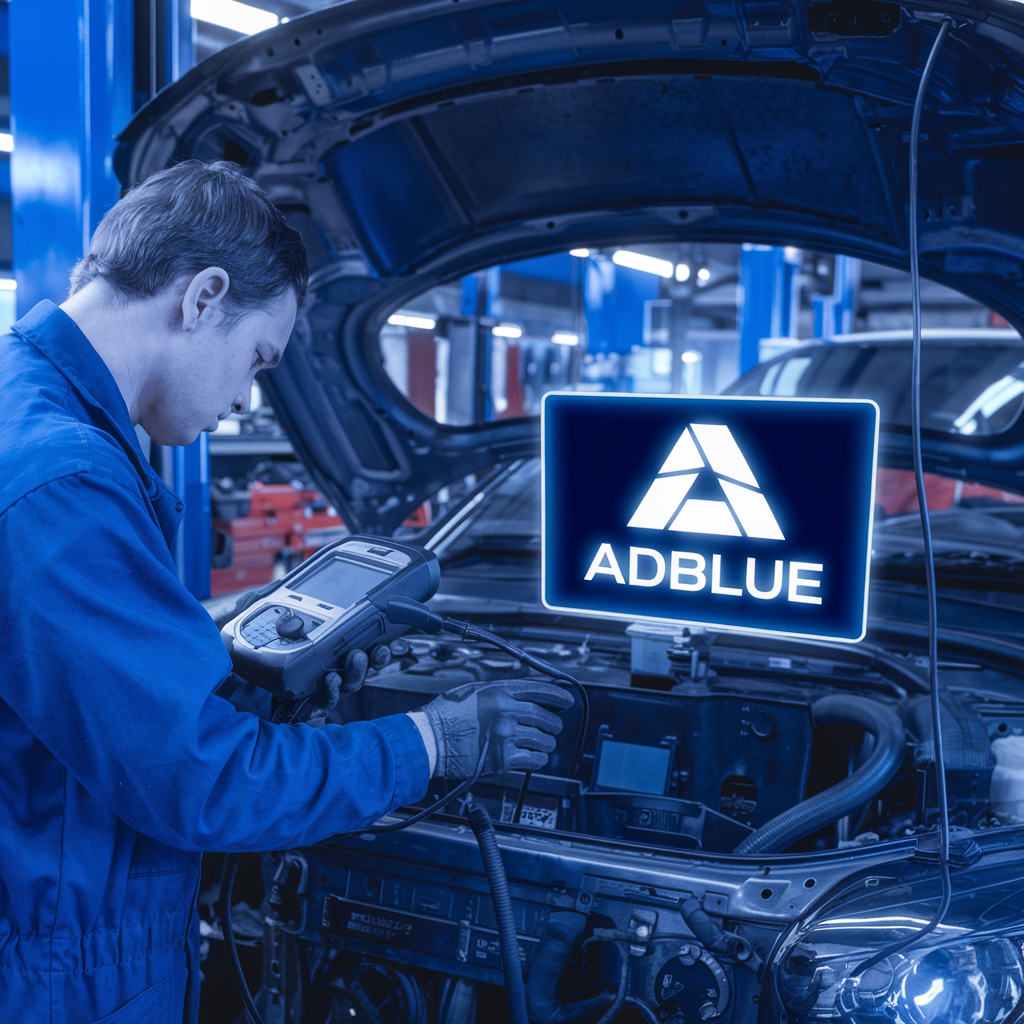How to Effectively Remove AdBlue Faults from Your Vehicle
Modern diesel vehicles are equipped with AdBlue systems to reduce harmful emissions, but like any complex technology, these systems can sometimes malfunction. When an AdBlue fault appears, it can cause stress for vehicle owners, especially if it triggers a countdown to reduced engine performance or prevents the vehicle from starting. Understanding how to approach AdBlue issues can save time, money, and frustration. In this article, we’ll explore effective ways to address AdBlue faults, what causes them, and how to maintain a trouble-free emission system.
Understanding the Role of AdBlue in Diesel Engines
AdBlue is a urea-based fluid used in Selective Catalytic Reduction (SCR) systems to convert nitrogen oxides (NOx) in diesel exhaust into harmless nitrogen and water vapor. This process helps vehicles meet stringent environmental regulations. However, when AdBlue systems fail, your dashboard may show warnings like “AdBlue system fault” or “No engine start in X miles.” These alerts are part of a safety mechanism, ensuring emissions stay within legal limits. Knowing what AdBlue storing verwijderen does can help you better understand why faults need to be addressed promptly and properly.
Common Causes Behind AdBlue System Failures
AdBlue faults can be triggered by a range of issues, including low fluid levels, sensor malfunctions, poor-quality AdBlue, and software errors. In some cases, the system may misread the amount of AdBlue in the tank or detect contamination. Cold temperatures can also cause the fluid to freeze, leading to system errors. Understanding these causes is essential for diagnosing and resolving the issue effectively. It’s not always the AdBlue fluid that’s the problem — sometimes, the fault lies in the SCR components or the onboard computer system.
Steps to Troubleshoot AdBlue Faults
When a fault message appears, the first step is to check your AdBlue level. If the tank is low, refilling it with high-quality fluid might resolve the issue. If the fault persists, try restarting the vehicle after driving a short distance, as some systems need a brief period to reset. If these simple steps don’t work, a diagnostic tool may be required to identify error codes stored in the vehicle’s ECU. Professional diagnostics can pinpoint the exact component that’s malfunctioning, helping you avoid unnecessary repairs.
When Professional Intervention is Necessary
Not all AdBlue faults can be fixed at home. If sensors, injectors, or the SCR catalyst are to blame, a mechanic’s expertise is needed. Mechanics with experience in emissions systems can test components individually and ensure everything is functioning correctly. In some cases, software updates may be required to resolve bugs in the vehicle’s control systems. Attempting DIY repairs on such intricate systems without the right tools can sometimes make the problem worse, so knowing when to call in an expert is key.
The Role of Software Resets and ECU Reprogramming
In more complex cases, AdBlue faults may require ECU (Engine Control Unit) reprogramming or a software reset. These solutions involve connecting the car to specialized diagnostic equipment that can clear faults and update the vehicle’s control systems. While not a solution for every case, reprogramming is often effective for correcting persistent error messages that remain even after hardware repairs. Only certified technicians should perform these procedures to ensure compliance with environmental regulations and avoid further issues.

Preventative Measures to Avoid Future AdBlue Issues
Prevention is always better than cure. Regularly topping up with certified AdBlue, checking for warning messages, and ensuring the system is serviced according to the manufacturer’s recommendations can greatly reduce the risk of faults. During cold months, parking in a garage or using an additive-approved fluid that resists freezing can prevent temperature-related problems. It’s also wise to avoid tampering with or disabling the system, as this not only increases emissions but can also lead to legal penalties and voided warranties.
Final Thoughts on Handling AdBlue Faults Responsibly
AdBlue faults may seem daunting, but with a basic understanding of how the system works and a proactive approach to maintenance, most issues can be managed efficiently. Whether it’s topping up the fluid, performing a diagnostic check, or seeking professional assistance, timely action can keep your vehicle running smoothly and legally. Always prioritize eco-friendly solutions and ensure your diesel engine continues to meet emission standards. Taking care of your AdBlue system is a small but significant step toward responsible vehicle ownership.
